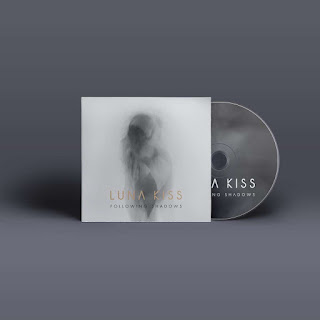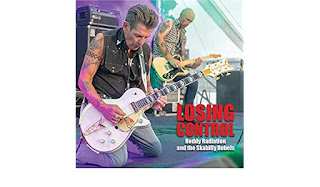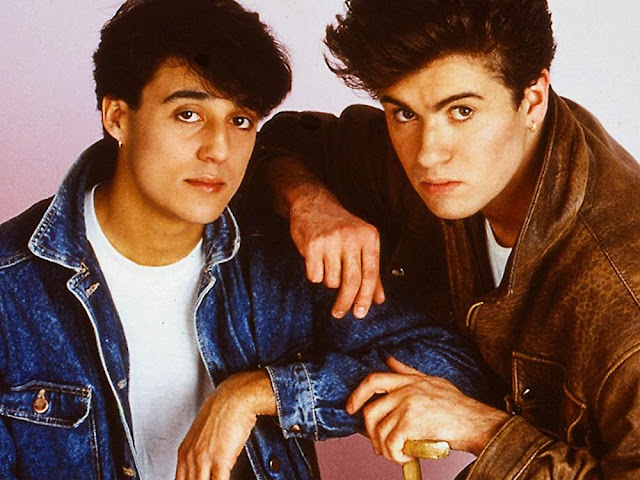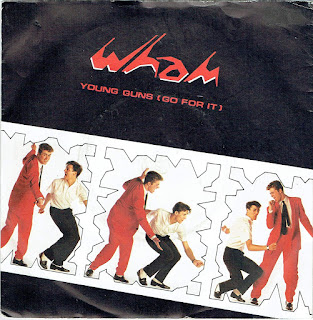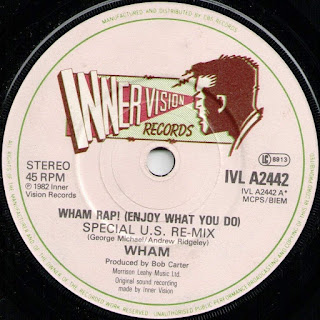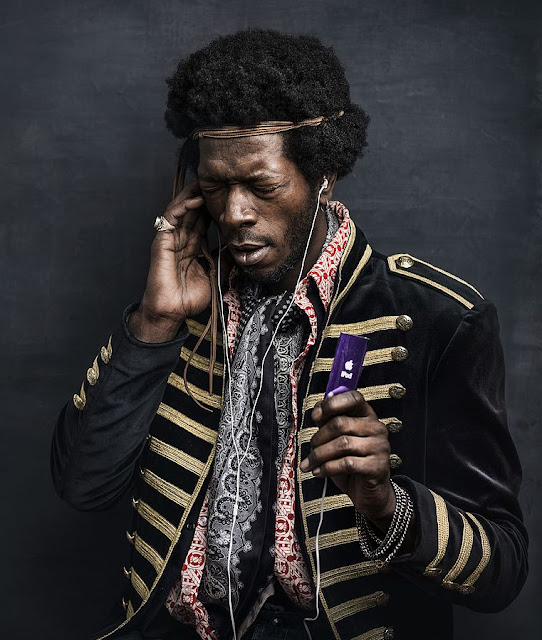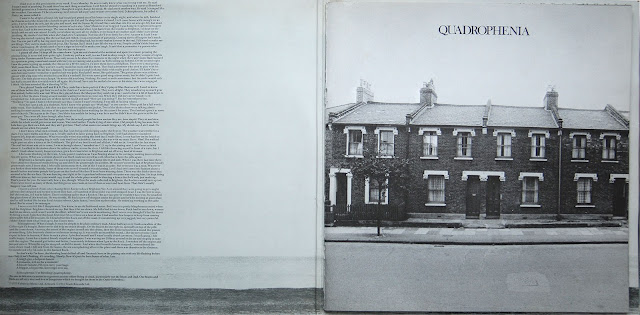That said, this is not so much a best of, just a view of what passed my way. And I will try to keep events in some sort of chronological order.
The gig going year, began for me, with a visit to Leicester for a gig by the Dirt Road Blues Band. It was a fantastic night and a pity that these guys don’t get together more often. But maybe the fact they don’t, makes the gig that bit more special.
It continued with a trip to London to see Judy Dyble perform at the Union Chapel. Again, Judy’s gigs are few and far between but well worth catching if possible. Judy returned later in the year with another album of beautiful and evocative tunes titled ‘Earth is Sleeping’.
March saw Steven Wilson visit the Warwick Arts Centre in support of his ‘To the Bone’ album release. Honestly, I was just not prepared for how good this gig was going to be. It was an immense spectacle.
Bedworth band Luna Kiss released their long-awaited album ‘Following Shadows’ during
April. And very impressive it was too in particular the very powerful single ‘You Are’. This was followed up in July by the albums official launch gig at which, each of the bands performing, Luna Kiss, The Ellipses and Free Galaxy did themselves proud. The heatwave meant the venue felt like you were in a pressure cooker and, given these very difficult conditions, each band excelled.
Norwegian band, Gazpacho released their tenth album in May. Titled ‘Soyuz’, this unique band reminding us, by putting to music, the notion that beautiful moments in time cannot be captured and simply saved for the future. May also saw The Fierce and the Dead release their acclaimed instrumental album ‘The Euphoric’. Ethereal, compelling and highly recommended.
Synthcurious, in conjunction with the Tin Arts Centre used the magnificent setting of St John’s Church, Spon Street, to great effect during May. The venue played host to White Noise legend David Vorhaus, who gave a dazzling display of wizardry on his Kaleidophon during May.
A seemingly endless summer saw me take in a couple of memorable outdoor gigs. The Rolling Stones at the Ricoh and Elvis Costello at Blenheim palace. Both gigs have been extensively covered elsewhere but both were extremely memorable.
A memory that has become ingrained in me and will stay with me for life was that of virtually a whole audience singing along to ‘Shoom’ a track by Public Image Ltd and performed as an encore at their gig at the Copper Rooms. If you are familiar with the track you will get the picture. It was something else.
Legends Canned Heat arrived at the Leamington Assembly during July and gave the audience a night to remember as their brand of boogie music had the whole of a seated audience on their feet. It really was great to see and hear.
August and the release of ‘Dissolution’ by The Pineapple Thief. A very different album and not instantly gratifying. But well worth sticking with. With a subtlety deep within it this album certainly grows and continues to give. Later in the year I saw the band play live in Sheffield. With drummer Gavin Harrison now settled in The Pineapple Thief have certainly arrived.
July saw Callum Pickard and the Third Look simply blow me away at the Old Grammar School. Soon afterwards I was shocked by the news that they were splitting up. I appreciate that these things happen, but I can’t help but think that they were on the cusp of something special. However, thanks for the memories guys.
Kristy Gallacher returned to the live stage during August after, what seemed like, a long period away. Not as though I needed it, but I was reminded as to what a talent Kristy is. Her set at Nuneaton Folk Club was immense.
September was a very busy month. Soft Machine released their ‘Hidden Details’ album. And very good it is too. It is a nod to the past and I enjoy listening to it immensely. The loss of guitarist, Piotr Grudziński, cast a huge shadow of the future of Riverside. Certainly, judging by the reaction to their album, ‘Wasteland’, any fears were quickly dispelled. Wasteland is clearly a departure from past and Riverside have clearly embarked on a whole new path. September was also when Two Whole Quails left me mesmerised at The Nursery Tavern with their unique interplay between audio and visual. A real highlight. Finally, for the month of September, Crokodile Tears gave us ‘Old Skool’ a pleasant album of songs reminding us of times gone by.
Acclaimed Russian duo, Iamthemorning, returned with a new album titled ‘Ocean Sounds’. A melancholic release that vocalist, Marjana Semkina, freely admits that they do conjures up visions of desperate and dramatic situations. Their music is certainly complex and compelling.
From the Jam brought the house down, firstly during October at The Empire and then a few weeks later at The Assembly in Leamington as they celebrated 40 years since the release of the iconic album released by The Jam, ‘All Mod Cons’.
Sanguine Hum are another band who never seem to fail in their pursuit of a catchy tune. Latest album ‘Now We Have the Power’, released during October, is sheer delight. Great rhythms combined with lyrics that feel at times as if conversations are taking place within the song. As with previously mentioned releases – complex and worth persevering with.
My final gig of the year was one during December by Roddy Radiation and his Skabilly
Rebels. Promoting his EP release ‘Losing Control’ the Rebels were on sparkling form performing a great cross section of songs from his days as a Bonedigger back to that as a Special. What a way to sign off.
A CD bought for me at Xmas is proving to be a real delight. Released by American band Ace of Cups, this really is a remarkable story and a genuinely fine album. Ace of Cups are from the West Coast who, during the mid-1960s, performed at the same festivals as the likes of Jimi Hendrix. They split releasing only a single. Now the Ace of Cups, complete with stellar backing musicians, have put everything right. The album is a nugget of, fifty-year-old songs, recorded in today’s digital age. Well worth investigation.
Of course, the world of music suffered losses. These included that of Eddie Clarke – the last remaining member of Motorhead. Aretha Franklin, such was her popularity, her passing appeared to have been mourned world-wide. Pete Shelley of The Buzzcocks, who, given the number of tributes, appears to have touched more people than, I am guessing, he would ever have expected. And finally, closer to home, Phil Packham, bass player or The Sorrows.
All in all, it was another tremendously memorable year and no doubt I missed something. Apologies to those that I did.


